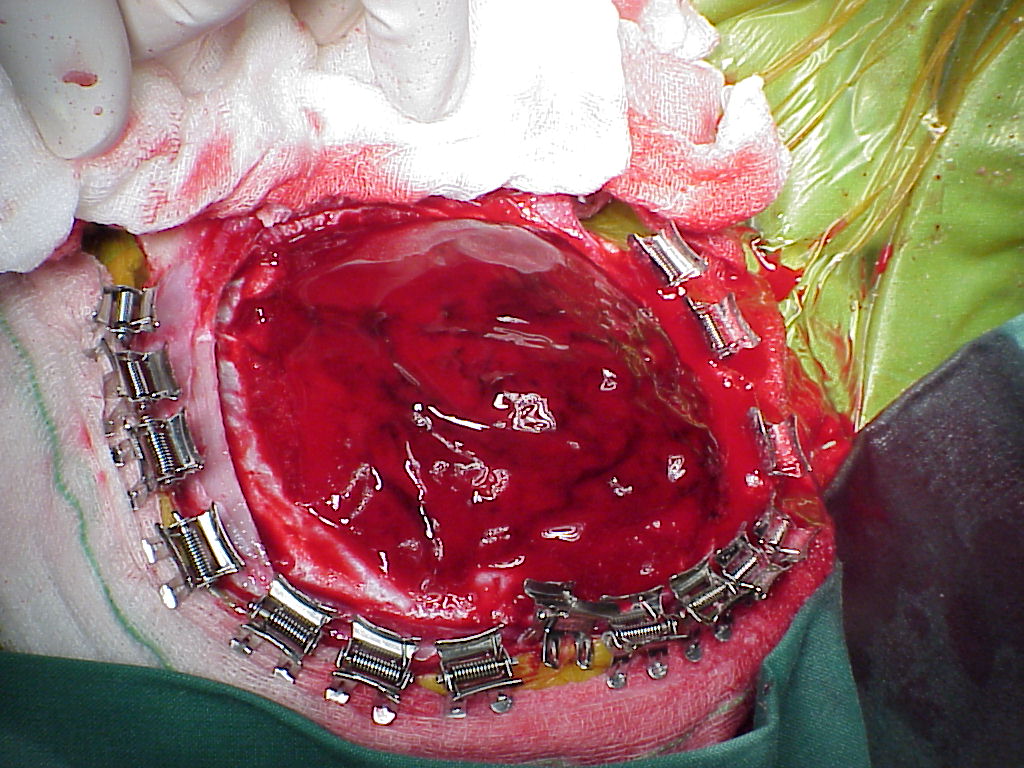 Bleeding (hemorrhage) between the skull and the outermost of 3 membranes (meninges) that cover the brain, resulting in a pooling of blood (hematoma) that causes pressure on the brain.
Bleeding (hemorrhage) between the skull and the outermost of 3 membranes (meninges) that cover the brain, resulting in a pooling of blood (hematoma) that causes pressure on the brain.
BODY PARTS INVOLVE
- Brain.
- Skull.
- Blood vessels to the brain.
- Meninges.
Causes
Head injury with skull fracture that tears the middle meningeal artery.
Signs & Symptoms
The following symptoms usually develop within 1 to 96 hours after a head injury:
- Unconsciousness for a short period of time followed by a headache that steadily worsens.
- Drowsiness or unconsciousness.
- Nausea or vomiting.
- Inability to move the arms and legs.
- Change in the size of the eye pupils.
Treatment
Follow your doctor's instructions. Instructions are supplemental.
Surgery is the only treatment for an extradural hemorrhage and hematoma. Under local or light general anesthesia, small holes are bored through the skull. The blood clot (which looks like currant jelly) is removed manually or by suction. After surgery, symptoms usually improve rapidly.
MEDICATION
Your doctor may prescribe:
- Corticosteroid drugs to reduce swelling inside the skull.
- Anticonvulsant medication.
- Antibiotics to fight infection.
Home Diet
During recovery, eat a well-balanced diet that includes extra protein, such as meat, fish, poultry, cheese, milk and eggs. Increase fiber and fluid intake to prevent constipation that may result from decreased activity.
Prevention Tips
Wear a protective helmet for any activity at risk for a head injury.
No comments:
Post a Comment